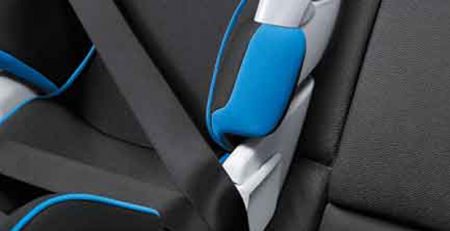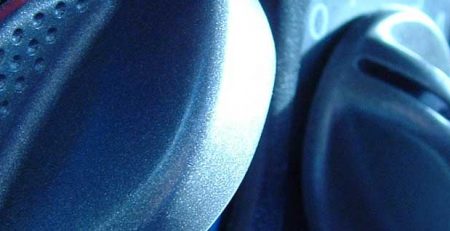The laws on child car seats are undergoing a change later this year and drivers are being warned to take notice ahead of it read more
Keeping your pet safe in a car
That ruling is in regards to journeys that include pets travelling along, according to Article 4(1) of The Welfare of Animals (Transport) Order 1997.
To help make a smoother ride, here we have put together a guide on how to plan and successfully make your journey stress-free for both you and your pet.
Planning ahead
It is important to plan ahead for travelling with your pet. Take into consideration the type of journey you're making, and how the size and nature of the animal is, especially if the journey is a long one.
Always make sure your pet is fit and healthy for the journey. If you are not sure you can simply ask your vet for guidance, however, an animal is generally not fit for transport if:
- is a newborn with an unhealed navel
- cannot self-feed and is not accompanied with its mother
- is ill or injured
- is heavily pregnant
- has given birth within 48 hours of the intended journey
What to do before the journey
Do not overfeed your pet immediately before setting off on your journey, as they travel better without a full stomach. A light meal around two hours before should do the trick, and make sure to provide enough water during the trip.
If possible, allow your pet to be familiarized with the environment that it will be contained in before travelling. This should reduce any stress if it is the first time they have travelled. Remember to take a toy or familiar object which could provide comfort for your pet.
Finally, allow your pet to visit the bathroom just before getting into your vehicle.
During the journey
The United Kingdom (UK) 'Highway Code' states: 'When in a vehicle make sure dogs or other animals are suitably restrained so they cannot distract you while you are driving or injure you if you stop quickly'.
Therefore, you must safely secure your pet in the car, whether this is in the vehicle, travel enclosure or container and always double check that it is locked before starting the engine.
Cats or small dogs must always travel in a container that is placed where it cannot move when you accelerate, brake and go round corners, is easy to get to, and is not exposed to strong sunlight or cold draughts.
When a pet is travelling loose in a vehicle the windows should be shut so that it cannot escape. However, if a window must be left open, for example to allow ventilation, it is recommended to use 'window guards' that prevent escaping.
For those with pets travelling in an estate car or hatchback, it is recommended that you should fit a secure dog-guard.
Your desired choice of enclosed area must be suitably ventilated at all times, and accompanied with clean fresh water. You must not leave your pet without water for more than 12 hours, or without food for more than 24 hours.
Never leave your pet in a vehicle in direct sunshine or high temperatures. On a hot day the temperature inside a car that is in the line of full sun can rise to double the temperate outside. This will lead to overheating, distress and suffering for your pet which could prove fatal.
For more advice on how to recognise overheating in pets click here.




